The Age of Exploration marked an unprecedented period of global discovery when intrepid voyagers ventured into unknown waters and across unexplored lands, forever changing our understanding of the world. These brave explorers left behind physical remnants of their journeys – from ancient ports to colonial outposts, from native trading posts to maritime museums. Their legacy lives on in locations that still carry the spirit of discovery, allowing modern travelers to walk in the footsteps of history’s greatest adventurers.
Here is a list of 20 remarkable destinations where you can experience the golden age of exploration firsthand. From well-preserved colonial ports to remote islands that once served as crucial waypoints, these sites offer tangible connections to an era when the world’s maps still contained vast unknown spaces.
Sagres Point
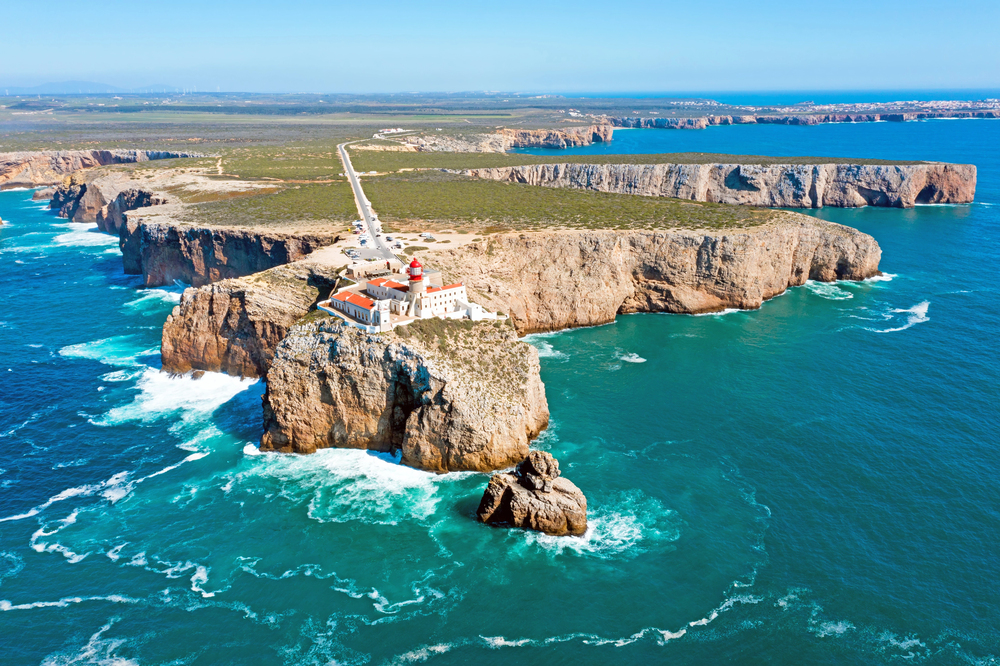
At Portugal’s southwestern tip, this windswept promontory served as Prince Henry the Navigator’s 15th-century school of navigation. The fortress walls still stand against the Atlantic winds, housing a massive compass rose carved into the ground.
Modern visitors can explore the restored chapel where navigators prayed before their voyages and view ancient navigation instruments in the small museum. The dramatic cliffs offer the same views that inspired Portuguese explorers to venture into unknown waters. The site’s remote location and untamed atmosphere make it easy to imagine the age when this was Europe’s last known edge.
Malacca City
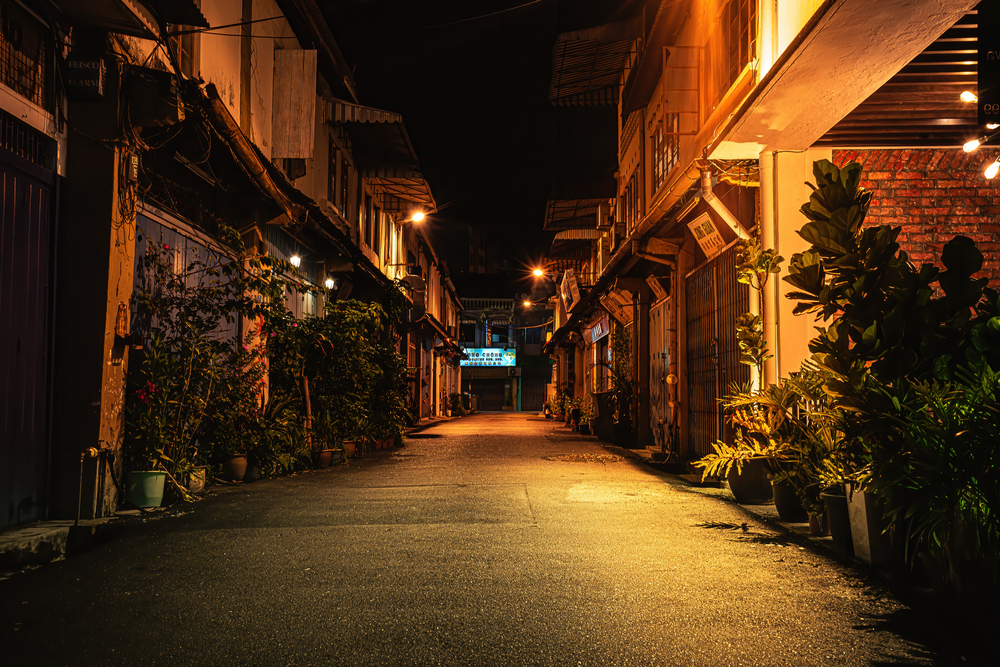
This Malaysian port city served as the most important trading hub in Southeast Asia during the Age of Exploration. The Portuguese, Dutch, and British influences remain visible in the city’s architecture, from the crimson buildings of Dutch Square to the hilltop ruins of A Famosa fortress.
Walking through the narrow streets of the old town reveals centuries of maritime history in the form of ancient warehouses and merchant homes. The Maritime Museum, housed in a replica Portuguese galleon, showcases the city’s naval heritage through artifacts and models. The Strait of Malacca still bustles with maritime traffic, much as it did five centuries ago.
Like Travel Pug’s content? Follow us on MSN.
Cartagena
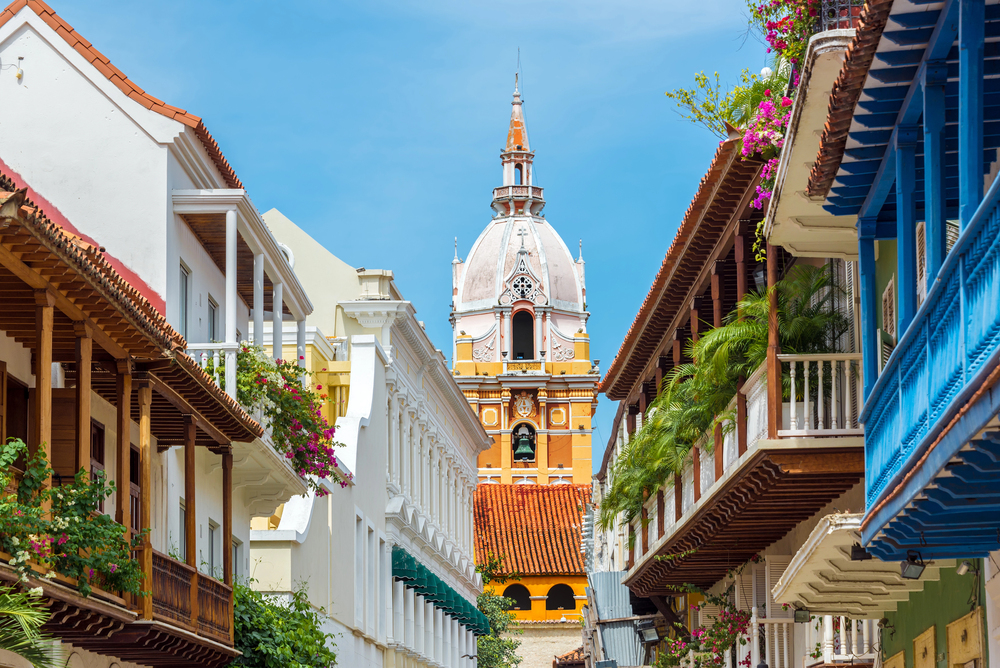
Colombia’s walled city stands as one of the best-preserved Spanish colonial ports in the Americas. Massive stone fortifications, built to protect against pirates and rival European powers, still encircle the old city. The Palace of the Inquisition offers a darker glimpse into colonial history, while the Gold Museum displays pre-Colombian treasures that drew explorers to these shores.
The narrow streets hold countless stories of treasure fleets, privateers, and merchants who once walked these same cobblestones. The city’s position made it a crucial link in Spain’s maritime empire, connecting the Caribbean to South America’s interior.
Macau
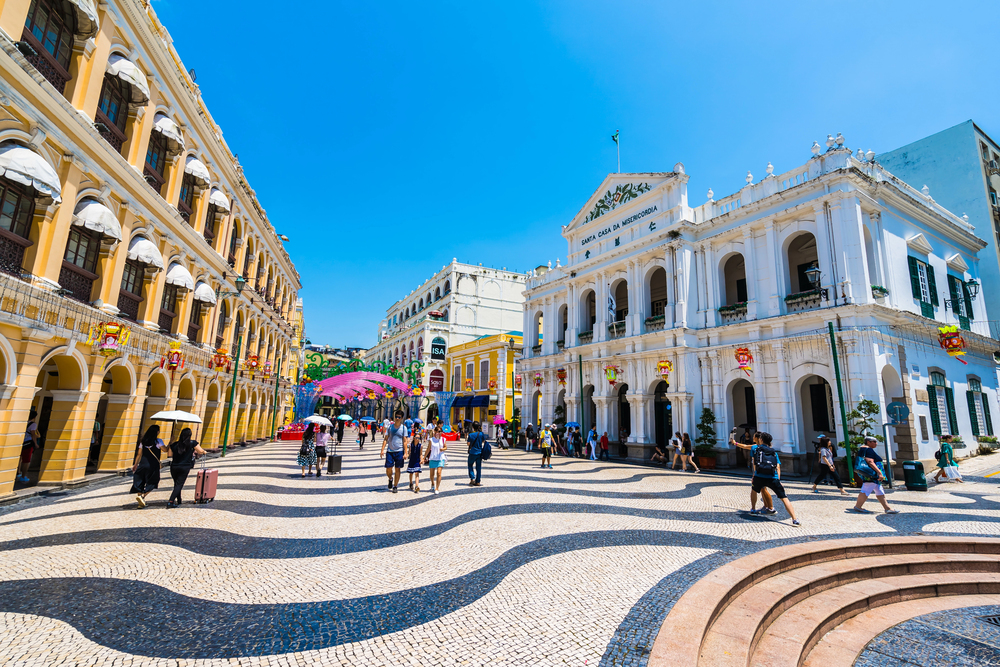
This former Portuguese colony preserves a unique blend of Eastern and Western influences from the Age of Exploration. The ruins of St. Paul’s Cathedral stand as a testament to the city’s role as a major Christian outpost in Asia.
Senado Square’s Portuguese architecture and Chinese temples reflect the cultural exchange that characterized the period. The Maritime Museum chronicles Macau’s development from a small fishing village to a crucial port in Portugal’s trading empire. The city served as a vital link between China and Europe, facilitating the exchange of goods, ideas, and cultures.
Zanzibar Stone Town
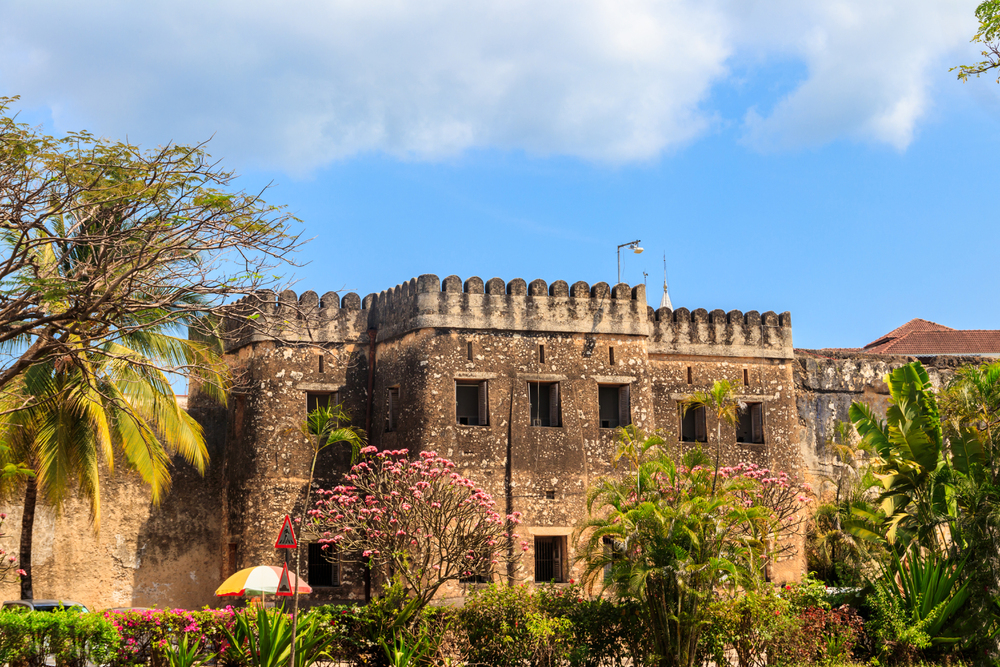
Tanzania’s historic port city played a central role in Indian Ocean trade networks during the Age of Exploration. The Sultan’s Palace and House of Wonders showcase the wealth generated by the spice trade that drew Portuguese, Omani, and British interests.
Narrow alleyways wind past intricately carved wooden doors that speak to centuries of maritime commerce. The Old Fort, built by Omani Arabs to defend against Portuguese invasion, still dominates the seafront. The spice plantations that attracted explorers and traders continue to produce cloves and nutmeg to this day.
Like Travel Pug’s content? Follow us on MSN.
Elmina Castle
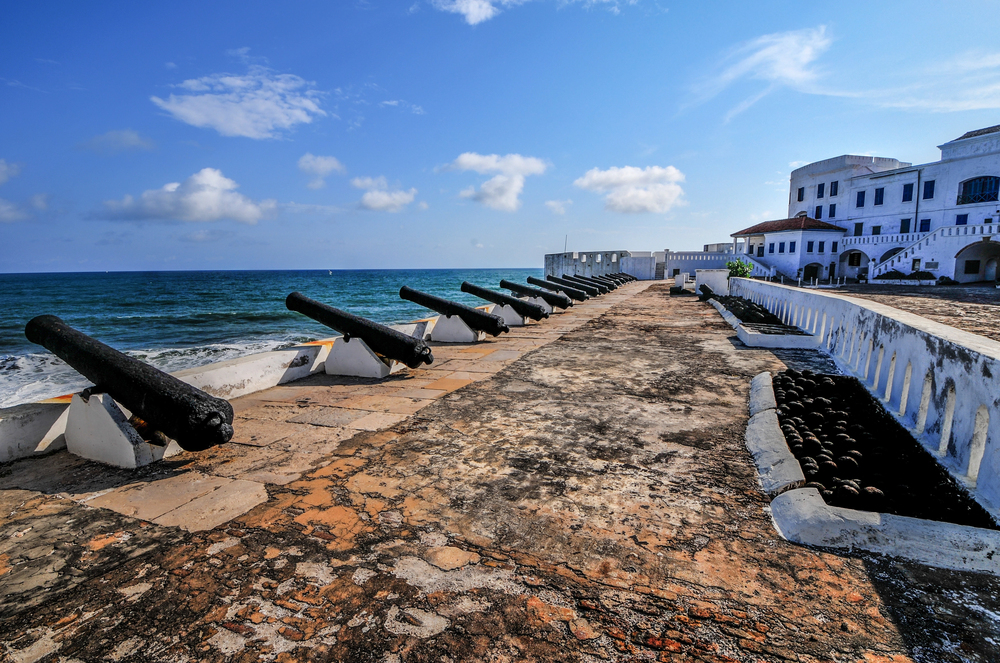
This imposing Portuguese fortress on Ghana’s coast was the first European trading post built south of the Sahara. The whitewashed walls contain somber reminders of the Atlantic slave trade that followed the age of discovery.
The castle’s architecture reflects its evolution from a trading post to a Dutch stronghold to a British colonial possession. The original Portuguese church, the oldest European building in sub-Saharan Africa, still stands within the fortress walls. The nearby fishing harbor continues centuries-old maritime traditions beneath the castle’s watchful walls.
Galle Fort
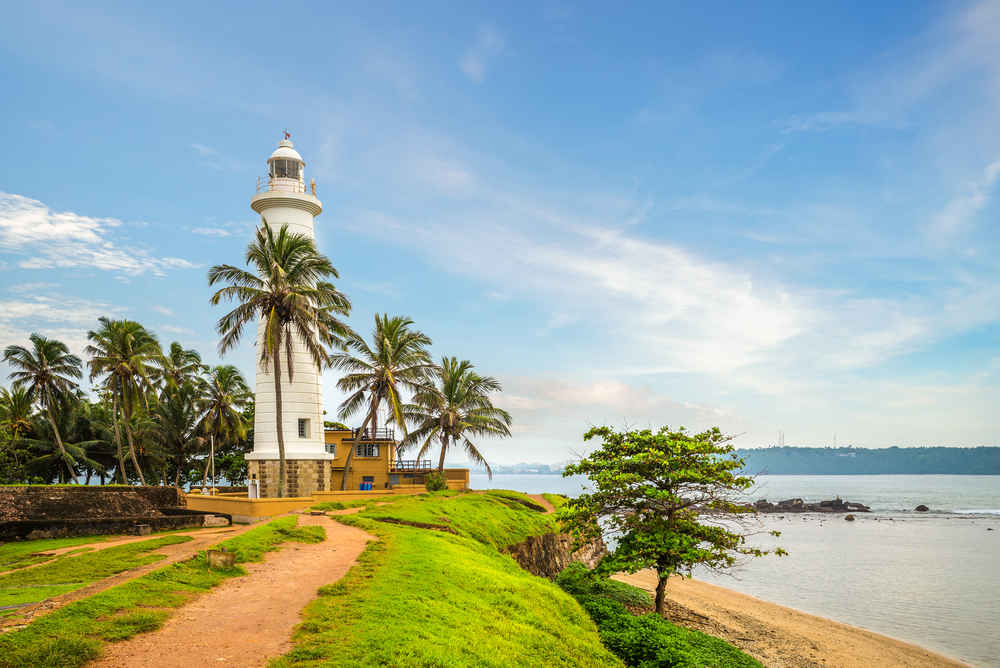
Sri Lanka’s UNESCO-listed fortress city represents Dutch colonial architecture at its finest in South Asia. The ramparts offer spectacular views of the Indian Ocean that brought Portuguese, Dutch, and British ships to these shores.
Historic churches, administrative buildings, and merchants’ homes line streets that follow the original Dutch town plan. The Maritime Museum, housed in a former Dutch warehouse, chronicles the port’s significance in Indian Ocean trade routes. The lighthouse and clock tower continue to serve as landmarks for vessels entering the historic harbor.
Valparaiso
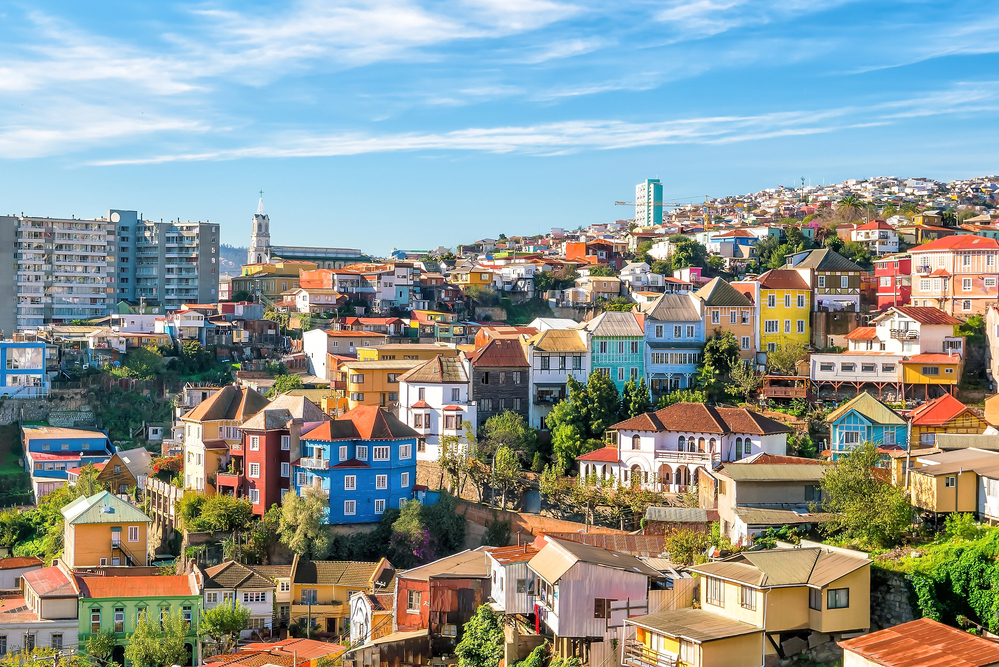
Chile’s principal port city preserves the maritime heritage of South America’s Pacific coast. Colorful houses climb steep hills that once served as lookout points for Spanish galleons. The historic quarter contains buildings that housed British, German, and French maritime enterprises during the age of sail.
Funicular elevators built during the port’s 19th-century heyday still connect the waterfront to hillside neighborhoods. The Maritime Museum chronicles the city’s role in Pacific exploration and trade from the Spanish colonial period onward.
Like Travel Pug’s content? Follow us on MSN.
Melaka River
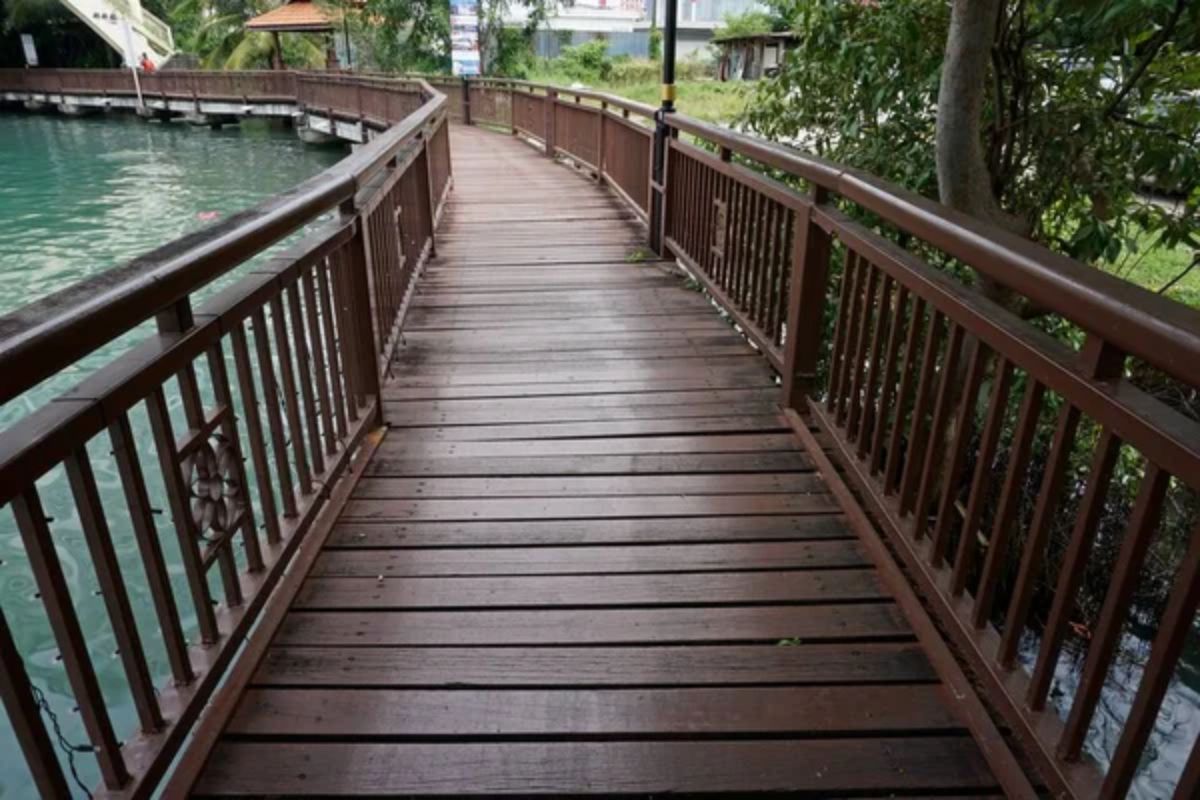
This historic waterway shaped Malaysia’s role in maritime trade for centuries before European arrival. Traditional Malay houses and Chinese shophouses line the banks where merchant vessels once moored.
The Riverwalk passes Portuguese, Dutch, and British colonial buildings that chart the city’s evolution through different colonial powers. Ancient bridges and jetties reflect the waterway’s importance in connecting maritime and overland trade routes. Evening river cruises offer views of the historic waterfront illuminated much as it would have appeared to ancient traders.
Horta Harbor
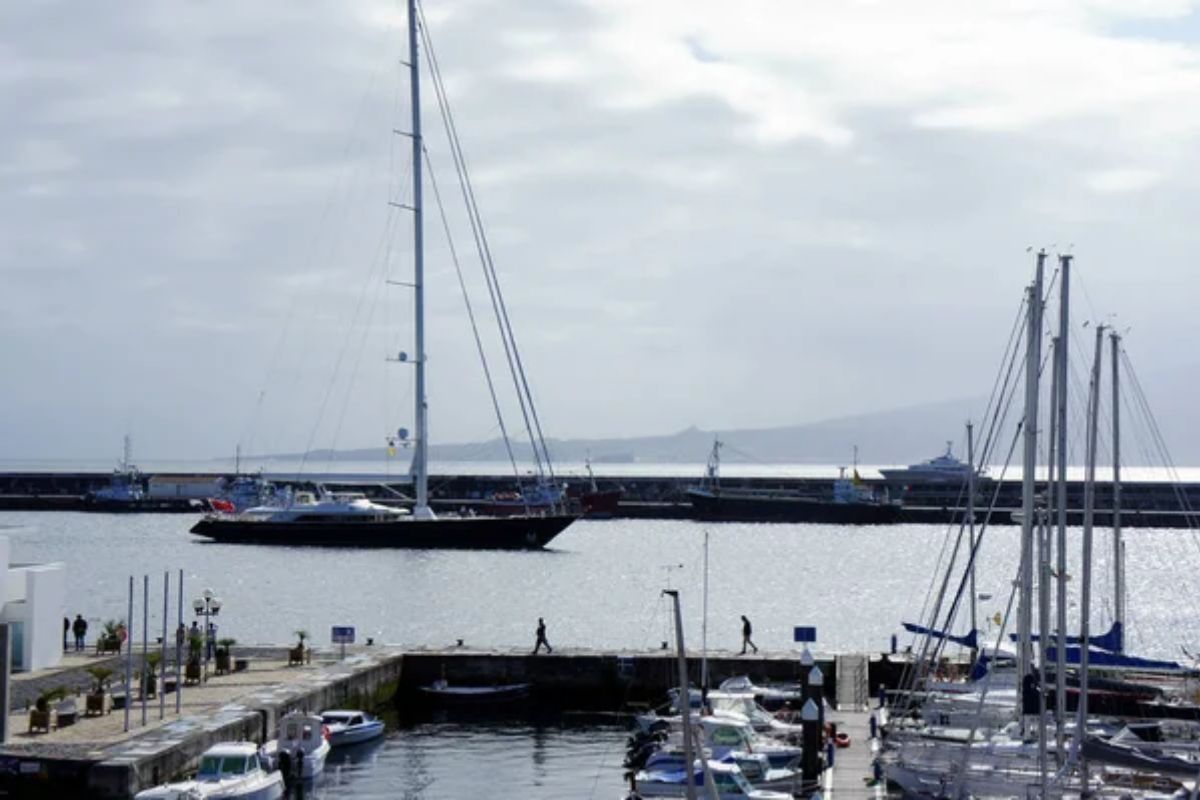
This Azorean port served as a crucial waypoint for vessels crossing the Atlantic during the Age of Exploration. The harbor walls display centuries of sailors’ paintings, a tradition dating back to the age of sail.
Peter’s Cafe Sport, a legendary mariners’ bar, houses a scrimshaw museum featuring carved whalebone art from the golden age of whaling. The marina still serves as a rest stop for modern vessels following ancient sailing routes across the Atlantic. The volcanic peaks that guided early navigators to safe harbor still dominate the horizon.
Manila Intramuros
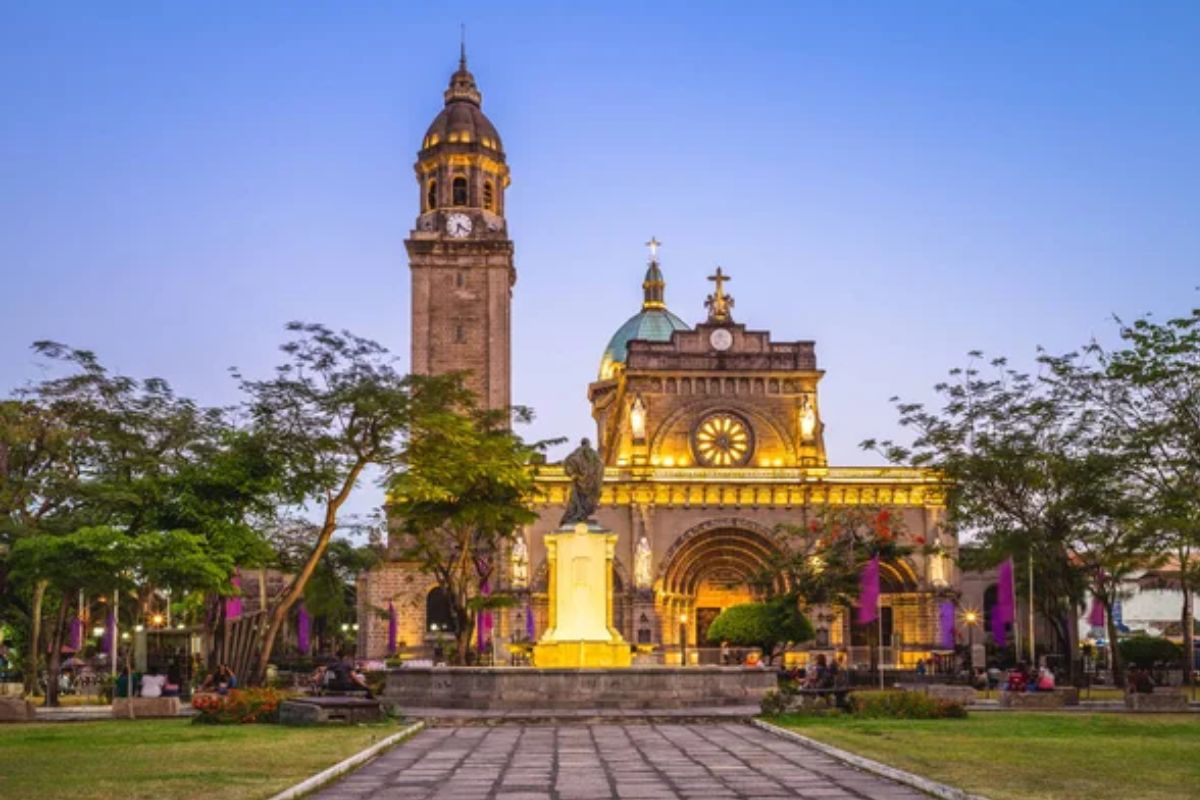
The walled city of Spanish Manila enclosed a crucial hub in the galleon trade between Asia and the Americas. Fort Santiago’s massive walls protected the eastern terminus of Spain’s Pacific maritime empire.
San Agustin Church survived centuries of warfare and natural disasters to preserve its baroque colonial architecture. The Casa Manila museum recreates the lifestyle of wealthy merchants during the galleon trade era. The restored walls and gates help visitors envision the city’s role as Spain’s Asian capital.
Like Travel Pug’s content? Follow us on MSN.
Lisbon Belem
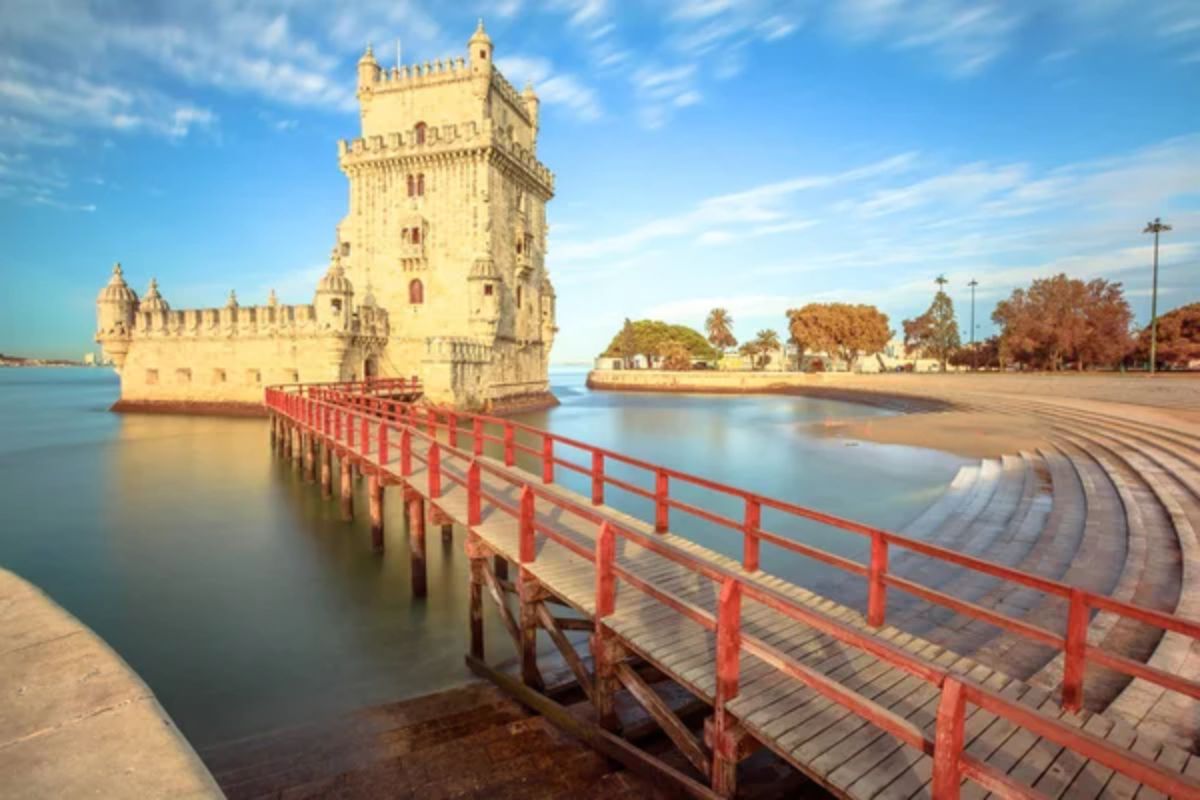
This historic district witnessed the departure and return of Portugal’s great exploratory voyages. The Belem Tower stands guard where the Tagus River meets the Atlantic, as it has since the Age of Discovery.
The Monument to the Discoveries celebrates the navigators, missionaries, and cartographers who expanded Portugal’s maritime empire. The Maritime Museum houses royal barges and naval artifacts from Portugal’s golden age of exploration.
The Jeronimos Monastery, built with spice trade wealth, represents the height of Portuguese Gothic architecture.
Salvador de Bahia

Brazil’s first capital preserves the atmosphere of Portuguese colonial America in its historic center. The Lacerda Elevator connects the upper and lower cities just as it did during the colonial period.
The Mercado Modelo occupies a former customs house where Brazil’s colonial trade was regulated. The Maritime Museum chronicles the port’s role in Portugal’s South Atlantic empire through model ships and navigation instruments.
The gold-filled churches reflect the wealth that flowed through this crucial colonial port.
Mombasa Old Town
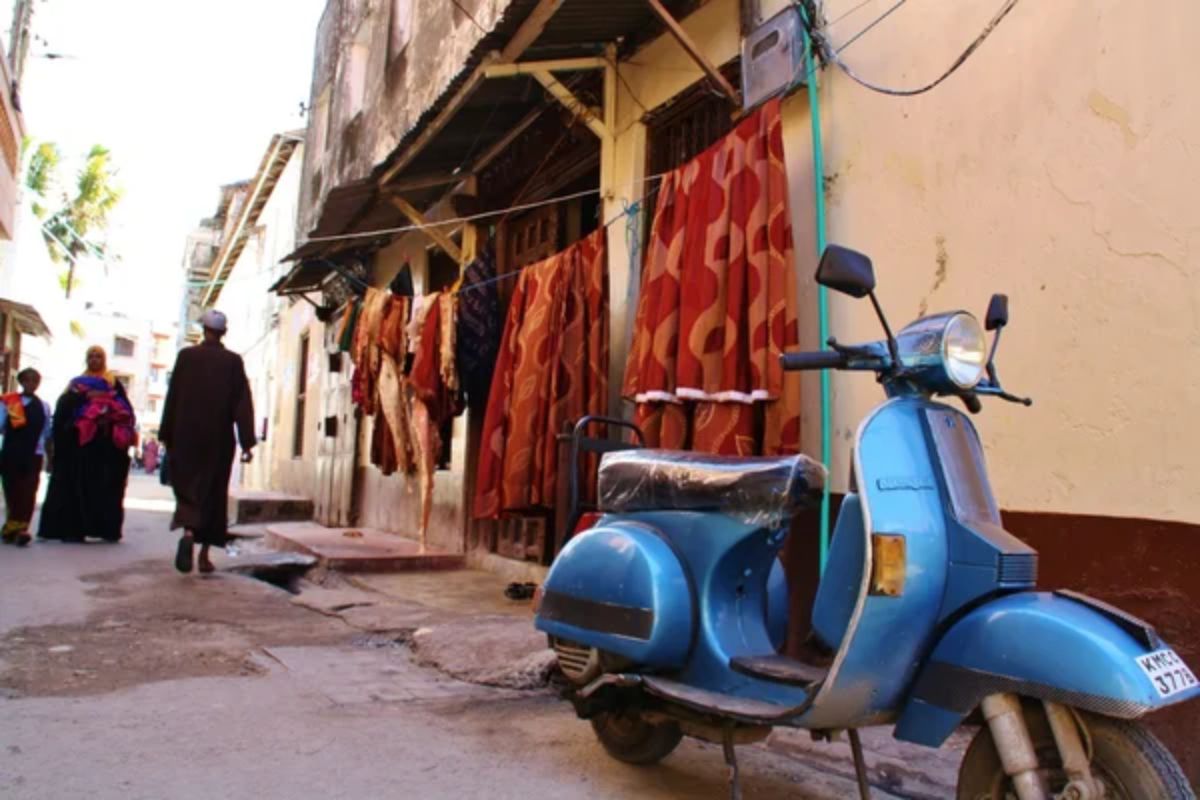
Kenya’s premier port city reflects centuries of maritime trade along Africa’s eastern coast. Fort Jesus, built by the Portuguese to control Indian Ocean trade routes, dominates the old harbor.
Traditional Swahili architecture mixes with Portuguese, British, and Indian influences in the historic district. The narrow streets preserve the atmosphere of an ancient trading center where merchants from four continents met.
The old harbor still receives traditional dhows similar to those that have plied these waters for centuries.
Like Travel Pug’s content? Follow us on MSN.
Penang
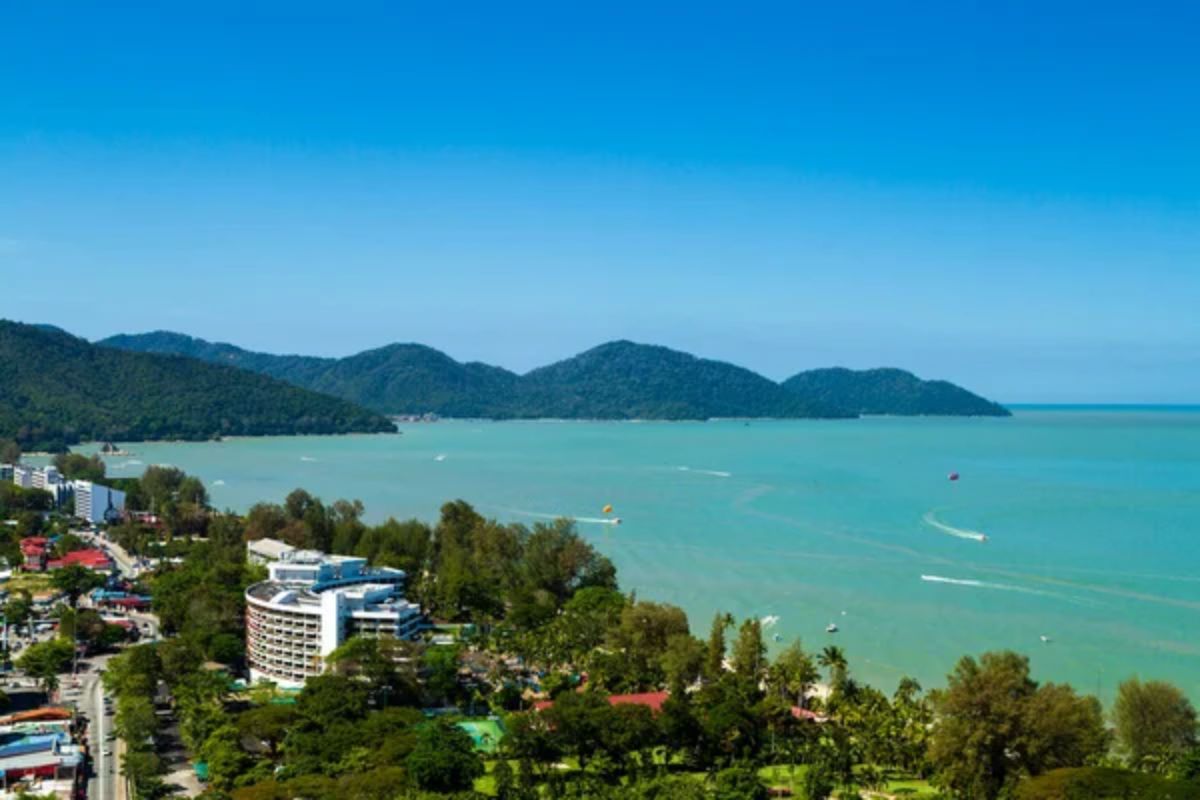
This Malaysian island emerged as a crucial British trading post in the Strait of Malacca. Fort Cornwallis marks the site where Francis Light established a British presence in the region.
The clan jetties preserve traditional waterfront communities that developed during the colonial period. Armenian Street showcases the architectural legacy of various trading communities that settled here.
The Pinang Peranakan Mansion displays the wealth generated by maritime trade through its ornate furnishings and architecture.
Paraty
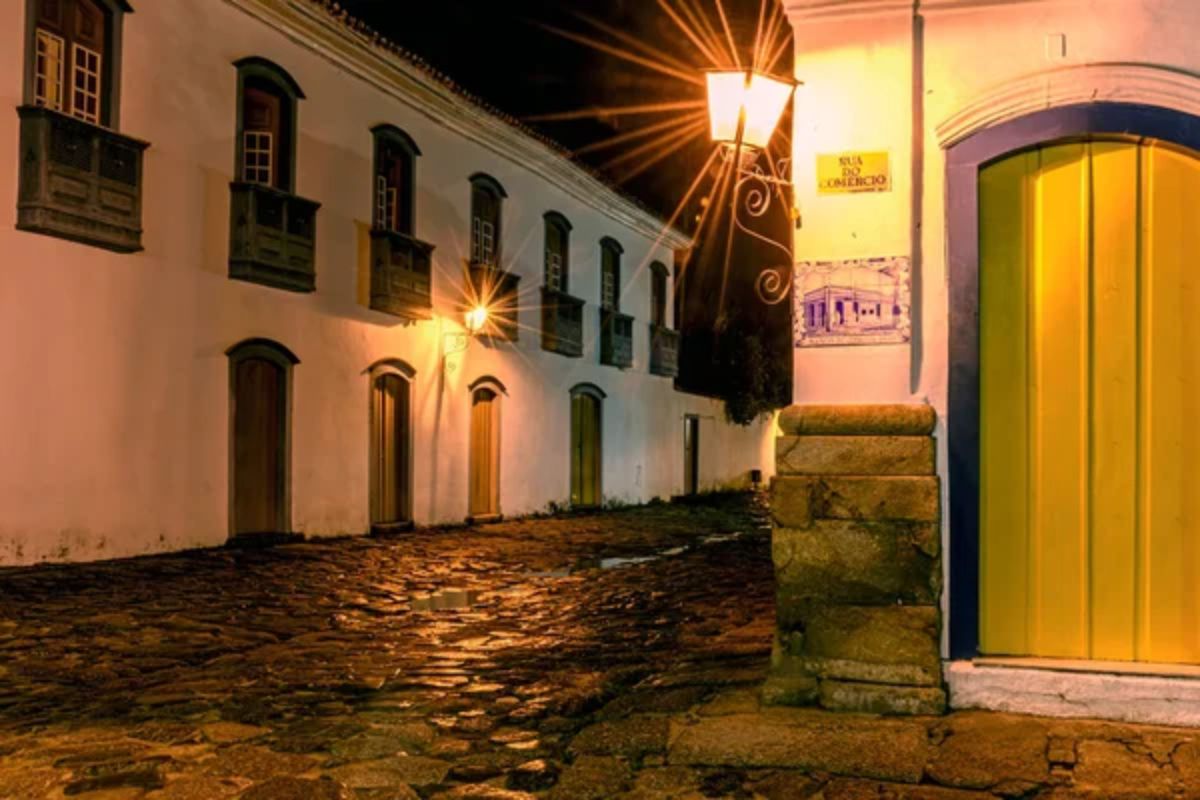
This Brazilian coastal town preserves its role as a crucial port in Portugal’s colonial gold trade. The historic center remains exactly as it was during the colonial period, with streets designed to flood with the tides.
Churches built with gold trade wealth showcase Portuguese colonial architecture at its finest. The Maritime Museum chronicles the port’s role in connecting Brazil’s gold mines to Portugal’s treasury.
The surrounding beaches and islands offer views similar to those that greeted the first Portuguese explorers.
Stone Town
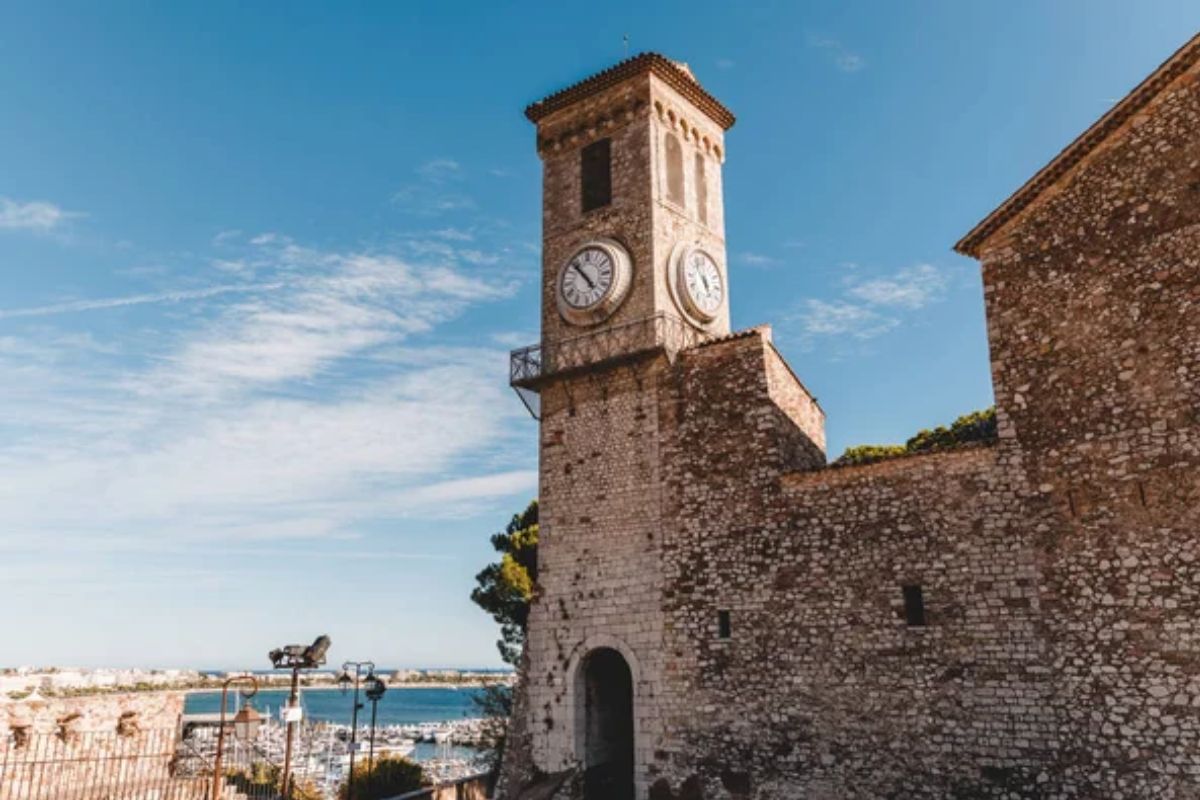
This historic district in Victoria, Seychelles, preserves the islands’ role in Indian Ocean maritime networks. The Clocktower stands as a miniature version of London’s Big Ben, marking the city’s British colonial heritage.
Traditional Creole architecture reflects the unique culture that developed at this crossroads of maritime trade. The Natural History Museum chronicles the islands’ role as a crucial waypoint for exploring vessels.
The modern port continues the islands’ centuries-old maritime traditions.
Like Travel Pug’s content? Follow us on MSN.
Kotor
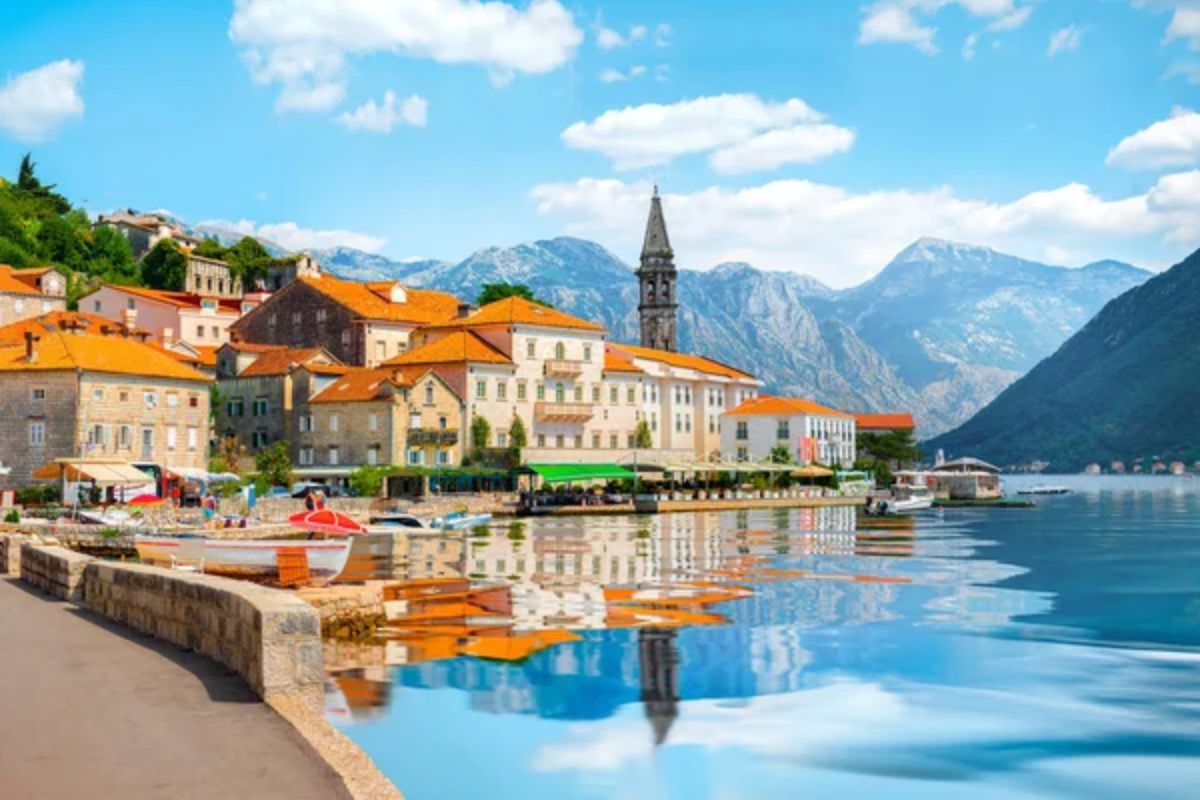
Montenegro’s fortified city recalls the maritime republic of Venice’s trading empire in the Adriatic. Medieval walls climb the mountainside above a perfect natural harbor that attracted ancient mariners.
The Maritime Museum houses artifacts from centuries of seafaring and trade in the Mediterranean. Venetian palaces and churches reflect the wealth generated by maritime commerce in this strategic port. The Bay of Kotor still provides shelter to vessels as it has since ancient times.
Plymouth
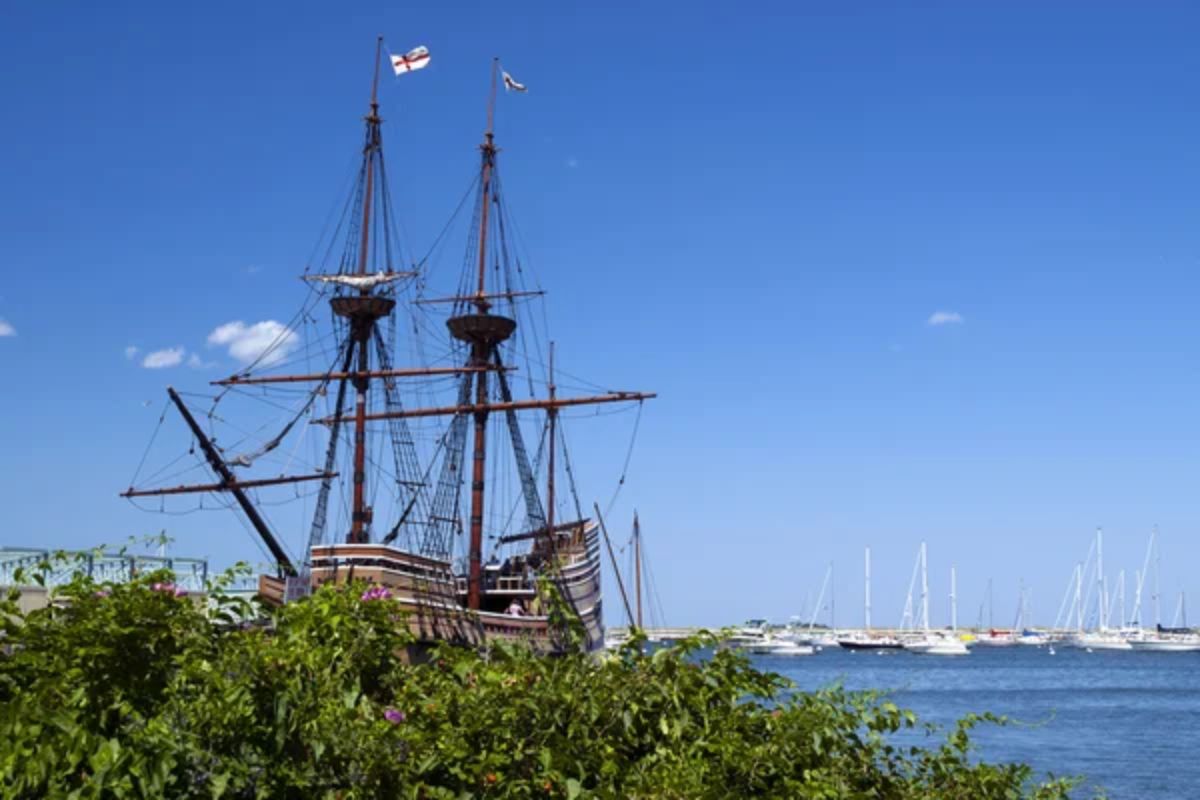
This English port witnessed the departure of the Mayflower and countless other vessels of exploration. The Barbican district preserves Tudor and Jacobean buildings from the age of maritime exploration.
The Mayflower Steps mark the point where the Pilgrims departed for the New World in 1620. The Plymouth Marine Laboratory continues the city’s tradition of maritime research and exploration.
The historic waterfront remains a working port, connecting past and present maritime traditions.
St. Augustine
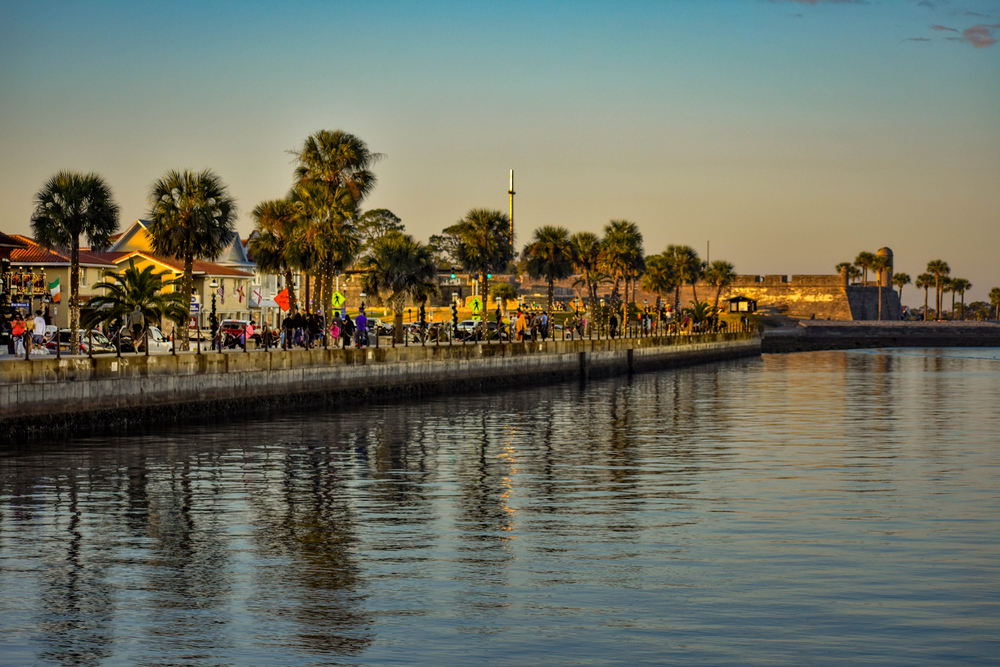
America’s oldest continuously inhabited European settlement offers a direct connection to early Spanish exploration. Castillo de San Marcos, the oldest masonry fort in the continental United States, stands as a testament to Spain’s colonial ambitions in North America.
The Colonial Quarter recreates the atmosphere of a 16th-century Spanish settlement through period demonstrations and reconstructed buildings. The city’s historic district preserves Spanish colonial architecture and layout, allowing visitors to walk the same streets as the early explorers.
The Fountain of Youth Archaeological Park marks the traditional landing site of Juan Ponce de León, though it continues to mix history with folklore.
Like Travel Pug’s content? Follow us on MSN.
Legacy of the Great Explorers
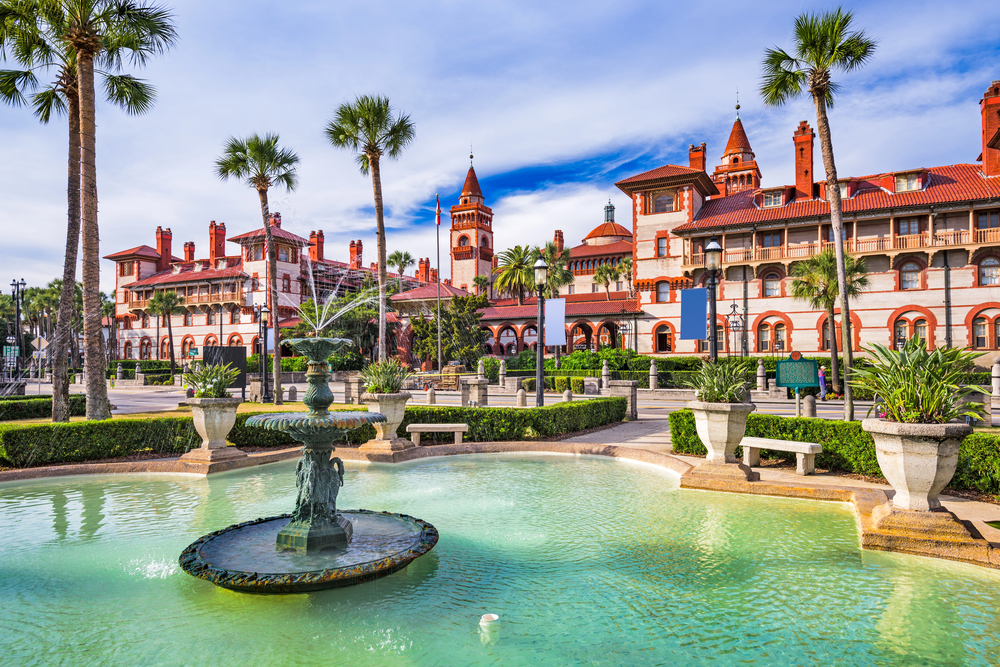
These destinations remind us that the Age of Exploration was more than just lines drawn on maps – it was an era of cultural exchange, technological innovation, and human courage that shaped our modern world.
While we can now circle the globe with ease, these historic sites allow us to connect with the spirit of discovery that drove explorers to venture into the unknown. Their preservation ensures that future generations can understand how a relatively brief period of maritime exploration forever changed the course of human history.
More from Travel Pug

- 20 Towns Built for One Purpose That Were Later Abandoned
- 15 Hidden Spots in Disney World’s Magic Kingdom Most Visitors Miss
- 15 Most Scenic Walks Anywhere in The World
- 15 Canyons in the U.S. That Are Just as Stunning as the Grand Canyon
- 10 Under-the-Radar Mountain Towns That Are Both Affordable and Beautiful
Like Travel Pug’s content? Follow us on MSN.
